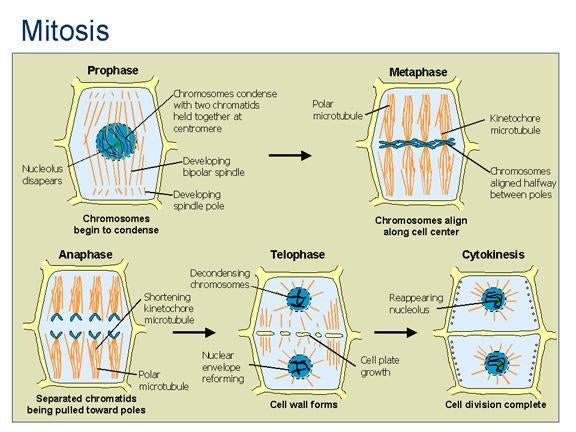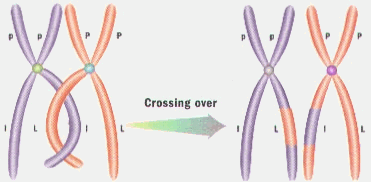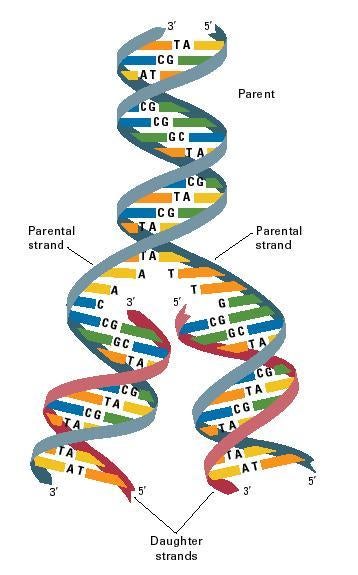DNA, Cell Cycle, Mitosis, And Meiosis Review

- 1.
The following illustration depicts which stage of mitosis.
- A.
Metaphase
- B.
Telophase
- C.
Prophase
- D.
Anaphase
Correct Answer
A. MetapHaseExplanation
The correct answer is Metaphase because in this stage of mitosis, the chromosomes line up along the center of the cell called the metaphase plate. This alignment is important for the equal distribution of genetic material to the daughter cells during cell division.Rate this question:
-
- 2.
What type of bonds hold the DNA strands together?
- A.
Hydrogen Bonds
- B.
Nitrogen Bonds
- C.
Phosphate Bonds
- D.
Helium Bonds
Correct Answer
A. Hydrogen BondsExplanation
Hydrogen bonds are the type of bonds that hold the DNA strands together. These bonds form between the nitrogenous bases of the DNA molecule. The hydrogen bonds are relatively weak compared to covalent bonds, but they are essential for maintaining the double helix structure of DNA. The hydrogen bonds allow the two strands of DNA to separate during replication and transcription processes, enabling the genetic information to be copied and transferred.Rate this question:
-
- 3.
What occurs in the S Phase of the Cell Cycle?
- A.
DNA Replication
- B.
DNA Transcription
- C.
DNA Translation
- D.
Growth and Development
Correct Answer
A. DNA ReplicationExplanation
The S phase of the cell cycle is when DNA replication takes place. This is the phase where the cell's DNA is duplicated in preparation for cell division. The cell synthesizes a second copy of its DNA, resulting in two identical sets of chromosomes. This ensures that each daughter cell will receive a complete set of genetic information. DNA replication is a crucial process for the accurate transmission of genetic material to the next generation of cells.Rate this question:
-
- 4.
During meiosis the process of _______________ occurs, which causes genetic variation.
- A.
Crossing Over
- B.
Over Crossing
- C.
Over Pass
- D.
Under Crossin
Correct Answer
A. Crossing OverExplanation
During meiosis, crossing over occurs. This is a process in which homologous chromosomes exchange genetic material. It happens during prophase I of meiosis and leads to the shuffling of genetic information between maternal and paternal chromosomes. This results in genetic variation as it creates new combinations of alleles on the chromosomes.Rate this question:
-
- 5.
Which of the following is not part of interphase, which is the longest phase of the cell cycle?
- A.
G0
- B.
G2 G2
- C.
G1
- D.
S-Phase
Correct Answer
A. G0Explanation
G0 is not part of interphase. Interphase is the longest phase of the cell cycle and consists of three stages: G1, S-Phase, and G2. During G0, the cell is in a resting or dormant state and is not actively preparing for cell division. It is a non-dividing phase where the cell may exit the cell cycle temporarily or permanently. This phase is commonly seen in cells that have completed their division cycle or cells that have specialized functions and do not undergo further division.Rate this question:
-
- 6.
Which process produces gametic (sex) cells?
- A.
Meiosis
- B.
Mitosis
- C.
Option 3
- D.
Option 4
Correct Answer
A. MeiosisExplanation
Meiosis is the process that produces gametic (sex) cells. During meiosis, the number of chromosomes is halved, resulting in haploid cells. This is essential for sexual reproduction because when gametes (sperm and egg cells) fuse during fertilization, the resulting zygote will have the correct number of chromosomes. Mitosis, on the other hand, produces identical copies of cells for growth, repair, and asexual reproduction. Therefore, meiosis is the correct answer for the given question.Rate this question:
-
- 7.
Which process produces somatic (body/diploid) cells?
- A.
Mitosis
- B.
Meiosis
- C.
Option 3
- D.
Option 4
Correct Answer
A. MitosisExplanation
Mitosis is the process that produces somatic cells. Somatic cells are the body cells that make up tissues and organs, and they are diploid, meaning they have a full set of chromosomes. Mitosis is a type of cell division that results in two identical daughter cells, each with the same number of chromosomes as the parent cell. This process is responsible for growth, repair, and maintenance of the body, as it ensures that each new cell produced is genetically identical to the original cell. Meiosis, on the other hand, produces gametes (sperm and eggs) which are haploid cells.Rate this question:
-
- 8.
Which process produces diploid cells (2n)?
- A.
Mitosis
- B.
Meiosis
- C.
Option 3
- D.
Option 4
Correct Answer
A. MitosisExplanation
Mitosis is the process that produces diploid cells (2n). During mitosis, a single cell divides into two identical daughter cells, each containing the same number of chromosomes as the parent cell. This results in the preservation of the diploid number of chromosomes in the daughter cells. In contrast, meiosis is the process that produces haploid cells (n), where the number of chromosomes is reduced by half. Therefore, mitosis is the correct answer for the given question.Rate this question:
-
- 9.
Which process produces haploid cells (n)?
- A.
Meiosis
- B.
Mitosis
- C.
Option 3
- D.
Option 4
Correct Answer
A. MeiosisExplanation
Meiosis is the process that produces haploid cells (n). During meiosis, a diploid cell undergoes two rounds of division, resulting in four haploid daughter cells. This is essential for sexual reproduction, as it ensures that the offspring will have the correct number of chromosomes. In contrast, mitosis produces two identical diploid daughter cells, which are necessary for growth and repair in multicellular organisms. Therefore, meiosis is the correct answer as it specifically refers to the process of producing haploid cells.Rate this question:
-
- 10.
Mitosis produces identical diploid daughter cells.
- A.
True
- B.
False
Correct Answer
A. TrueExplanation
Mitosis is a type of cell division that results in the production of two identical diploid daughter cells. During mitosis, the parent cell's DNA is replicated and then divided equally between the two daughter cells. This ensures that each daughter cell receives a complete set of chromosomes, making them genetically identical to each other and to the parent cell. Therefore, the statement that mitosis produces identical diploid daughter cells is true.Rate this question:
-
- 11.
Meiosis produces 4 genetically different haploid (gametic) cells.
- A.
True
- B.
False
Correct Answer
A. TrueExplanation
Meiosis is a type of cell division that occurs in sexually reproducing organisms. It involves two rounds of division resulting in the formation of four haploid cells, each containing half the number of chromosomes as the parent cell. These haploid cells are genetically different from each other and from the parent cell due to the process of genetic recombination, where the genetic material is shuffled and exchanged between homologous chromosomes. Therefore, the statement "Meiosis produces 4 genetically different haploid cells" is true.Rate this question:
-
- 12.
Spindle fibers are responsible for chromosomes separating during cell division.
- A.
True
- B.
False
Correct Answer
A. TrueExplanation
Spindle fibers are specialized structures that form during cell division and play a crucial role in separating the chromosomes. They attach to the chromosomes and help in pulling them apart, ensuring that each daughter cell receives the correct number of chromosomes. This process, known as mitosis, is essential for the proper distribution of genetic material and the formation of new cells. Therefore, the statement that spindle fibers are responsible for chromosomes separating during cell division is true.Rate this question:
-
- 13.
After DNA Replication the newly synthesized strands are composed of---
- A.
One original strand and one new strand
- B.
Two new strands
- C.
Two old strands
- D.
Option 4
Correct Answer
A. One original strand and one new strandExplanation
After DNA replication, the newly synthesized strands are composed of one original strand and one new strand. This is because DNA replication is a semi-conservative process, where each original strand serves as a template for the synthesis of a new complementary strand. As a result, the final DNA molecule consists of one strand that is the same as the original template and one strand that is newly synthesized. This ensures the preservation of genetic information and allows for accurate transmission of genetic material during cell division.Rate this question:
-
- 14.
DNA is composed of--
- A.
Repeating units of nucleotides
- B.
Repeating units of saccharides
- C.
Repeating units of amino acids
- D.
Repeating units of fatty acids
Correct Answer
A. Repeating units of nucleotidesExplanation
DNA is composed of repeating units of nucleotides. Nucleotides are the building blocks of DNA and consist of a sugar molecule, a phosphate group, and a nitrogenous base. These nucleotides join together through phosphodiester bonds to form a long chain, creating the structure of DNA. The nucleotide sequence in DNA carries the genetic information that determines the characteristics and functions of living organisms. Therefore, the correct answer is repeating units of nucleotides.Rate this question:
-
- 15.
Which biomolecule is made of subunits that contain a phosphate, sugar, and nitrogen base?
- A.
Nucleic Acid
- B.
Carbohydrates
- C.
Proteins
- D.
Lipids
Correct Answer
A. Nucleic AcidExplanation
Nucleic acids are biomolecules made up of subunits called nucleotides, which consist of a phosphate group, a sugar molecule (ribose or deoxyribose), and a nitrogenous base (adenine, thymine, cytosine, guanine, or uracil). These subunits combine to form DNA and RNA, which are essential for storing and transmitting genetic information in living organisms. Therefore, nucleic acids are the biomolecules that fit the description given in the question.Rate this question:
-
- 16.
Why would plant cell mitosis differ from a human cell mitosis?
- A.
The formation of a cell plate (wall)
- B.
The formation of the cytoplasm.
- C.
The formation of a prokaryote
- D.
Option 4
Correct Answer
A. The formation of a cell plate (wall)Explanation
Plant cell mitosis differs from human cell mitosis because plant cells have a rigid cell wall that needs to be formed during cell division. This cell plate, made of cellulose, separates the two new daughter cells. In contrast, human cells do not have a cell wall and instead form a cleavage furrow during cytokinesis to divide the cytoplasm. The formation of a prokaryote is not relevant to this question.Rate this question:
-
- 17.
In meiosis, homologous chromosomes separate in order to form 4 haploid gametic (sex) cells.
- A.
True
- B.
False
Correct Answer
A. TrueExplanation
During meiosis, homologous chromosomes separate to ensure genetic diversity in the resulting gametes. This separation occurs during the first division of meiosis, known as meiosis I. Each homologous pair of chromosomes aligns at the metaphase plate and then separates, with one chromosome going to each daughter cell. This process ensures that each gamete receives a unique combination of genetic information from the parent cells, resulting in genetic variation among the offspring. Therefore, the statement that homologous chromosomes separate to form 4 haploid gametic cells is true.Rate this question:
-
- 18.
What is our diploid and haploid number (respectively)?
- A.
46 and 23
- B.
23 and 46
- C.
24 and 48
- D.
48 and 24
Correct Answer
A. 46 and 23Explanation
The correct answer is 46 and 23. The diploid number refers to the number of chromosomes in a cell, which is double the number of chromosomes in a haploid cell. In humans, the diploid number is 46, meaning that each cell contains 46 chromosomes. The haploid number, on the other hand, refers to the number of chromosomes in a gamete (sperm or egg) cell. In humans, the haploid number is 23, meaning that each gamete contains 23 chromosomes.Rate this question:
-
- 19.
Crossing over occurs in mitosis and provides genetic variation.
- A.
True
- B.
False
Correct Answer
B. FalseExplanation
Crossing over actually occurs during meiosis, not mitosis. During meiosis, homologous chromosomes exchange genetic material, resulting in genetic variation among the offspring. Mitosis, on the other hand, is a process of cell division that produces genetically identical daughter cells. Therefore, the statement that crossing over occurs in mitosis is false.Rate this question:
-
- 20.
Which of the following has the steps of mitosis in the correct order?
- A.
Prophase, Metaphase, Anaphase, Telophase
- B.
Telophase, Metaphase, Anaphase, Prophase
- C.
Metaphase, Prophase, Anaphase, Cytokynesis
- D.
Option 4
Correct Answer
A. PropHase, MetapHase, AnapHase, TelopHaseExplanation
The correct answer is Prophase, Metaphase, Anaphase, Telophase. This is the correct order of the steps of mitosis. During prophase, the chromosomes condense and the nuclear membrane breaks down. In metaphase, the chromosomes align in the middle of the cell. In anaphase, the sister chromatids separate and move towards opposite poles of the cell. Finally, in telophase, the chromosomes decondense and a new nuclear membrane forms around each set of chromosomes.Rate this question:
-
- 21.
Which one of the following is not a step of mitosis?
- A.
Cytokinesis
- B.
Prophase
- C.
Metaphase
- D.
Anaphase
Correct Answer
A. CytokinesisExplanation
Cytokinesis is not a step of mitosis. Mitosis is the process of cell division that involves several distinct stages, including prophase, metaphase, anaphase, and telophase. During cytokinesis, the cytoplasm of the cell divides into two separate daughter cells, each containing a complete set of chromosomes. While cytokinesis is closely associated with mitosis and often occurs concurrently, it is not considered one of the specific steps of mitosis.Rate this question:
-
- 22.
Cell division in a prokaryote is known as sexual reproduction.
- A.
True
- B.
False
Correct Answer
B. FalseExplanation
Cell division in a prokaryote is known as binary fission, not sexual reproduction. Prokaryotes, such as bacteria, reproduce asexually through binary fission, where the cell divides into two identical daughter cells. Sexual reproduction involves the fusion of gametes from two parents, which is not a characteristic of prokaryotes. Therefore, the statement that cell division in a prokaryote is known as sexual reproduction is false.Rate this question:
-
- 23.
If all living organisms share the same four nitrogen basis (GCAT), then what makes them different?
- A.
The sequence of the DNA Nucleotides
- B.
The sequence of the sugars
- C.
The sequence of the lipids
- D.
The amount of hydrogen bonds
Correct Answer
A. The sequence of the DNA NucleotidesExplanation
Living organisms share the same four nitrogen bases (GCAT), but what makes them different is the sequence of these DNA nucleotides. The sequence of the DNA nucleotides determines the genetic code and the instructions for building and functioning of the organism. Variations in the sequence of nucleotides lead to differences in traits, characteristics, and functions among different organisms. Therefore, the sequence of the DNA nucleotides is what makes living organisms different from each other.Rate this question:
-
- 24.
Before DNA replication it has to unzip then unwind with the help of enzymes.
- A.
True
- B.
False
Correct Answer
A. TrueExplanation
DNA replication is a complex process that involves the unwinding and unzipping of the DNA double helix. Enzymes called helicases are responsible for unwinding the DNA strands, breaking the hydrogen bonds between the base pairs. This allows the DNA to unzip and expose the nucleotide bases, which serve as a template for the synthesis of new DNA strands. Therefore, it is true that before DNA replication can occur, the DNA must unzip and unwind with the help of enzymes.Rate this question:
-
- 25.
What is the name of the enzyme the unzips DNA?
- A.
DNA Helicase
- B.
DNA Polymerase
- C.
Amylase
- D.
Lactase
Correct Answer
A. DNA HelicaseExplanation
DNA Helicase is the correct answer because it is the enzyme responsible for unzipping the double-stranded DNA molecule during DNA replication. It does this by breaking the hydrogen bonds between the complementary base pairs, allowing the DNA strands to separate and serve as templates for the synthesis of new DNA strands. DNA Polymerase, on the other hand, is responsible for synthesizing the new DNA strands by adding nucleotides to the template strands. Amylase and Lactase are not enzymes involved in DNA replication.Rate this question:
-
- 26.
Meiosis produces-
- A.
4 Genetically Different Haploid Sex Cells
- B.
4 Identical Cells
- C.
4 Identical but Genetically Different Cells
- D.
2 Genetically Different Haploid Sex Cells
Correct Answer
A. 4 Genetically Different Haploid Sex CellsExplanation
Meiosis is a type of cell division that occurs in sexually reproducing organisms. It involves two rounds of division, resulting in the formation of four genetically different haploid sex cells, also known as gametes. These gametes have half the number of chromosomes as the parent cell and are genetically distinct from each other due to the process of crossing over and independent assortment. This genetic diversity is crucial for sexual reproduction as it allows for the combination of genetic material from two individuals, leading to variation in offspring.Rate this question:
-
Quiz Review Timeline +
Our quizzes are rigorously reviewed, monitored and continuously updated by our expert board to maintain accuracy, relevance, and timeliness.
-
Current Version
-
Mar 18, 2023Quiz Edited by
ProProfs Editorial Team -
Jan 22, 2015Quiz Created by
Ramonbenavides



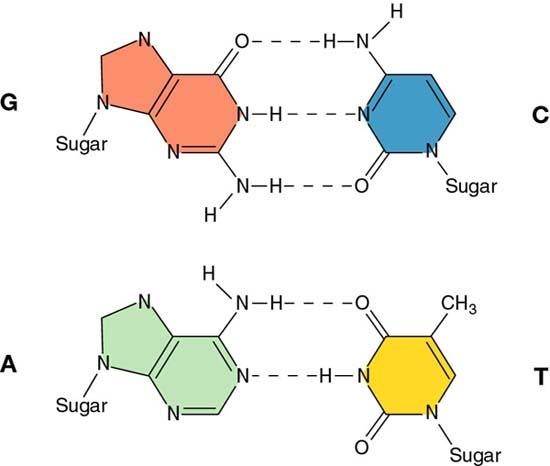
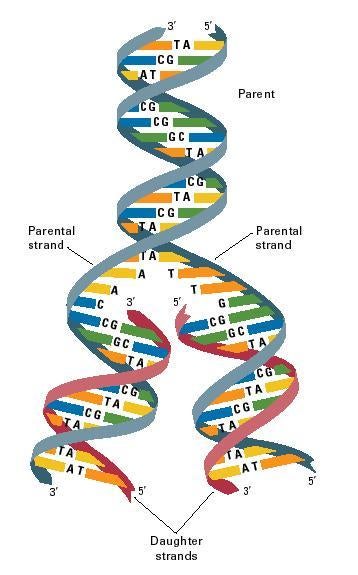
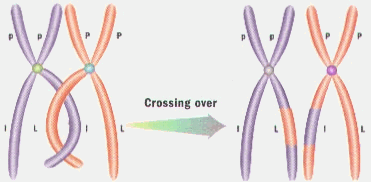
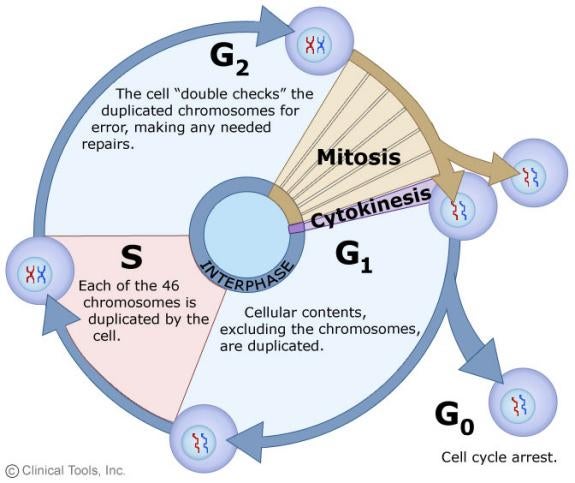
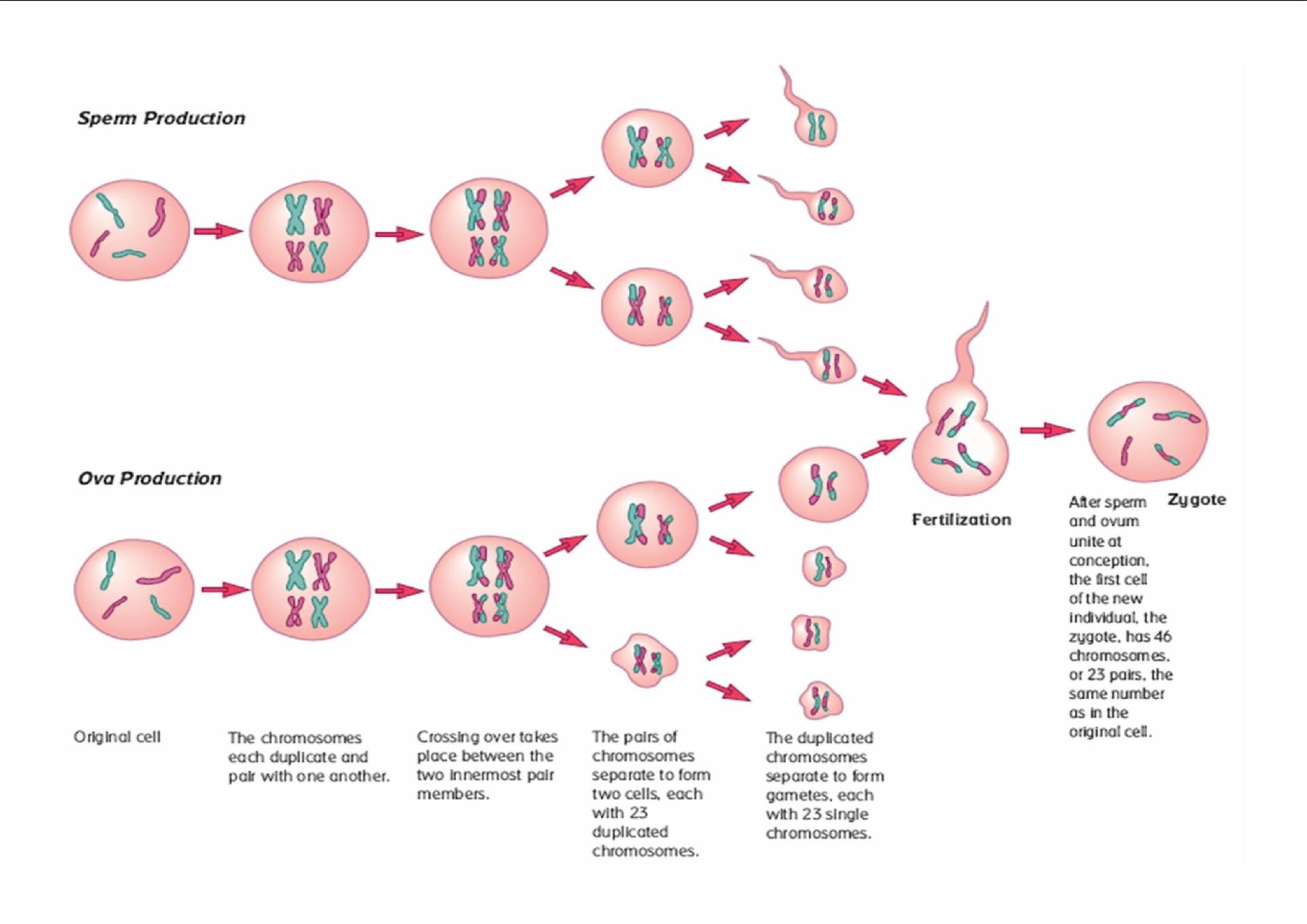
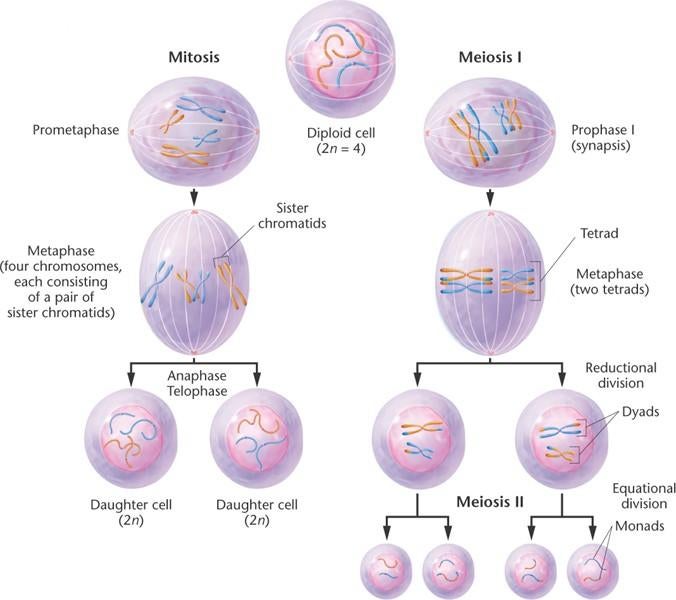
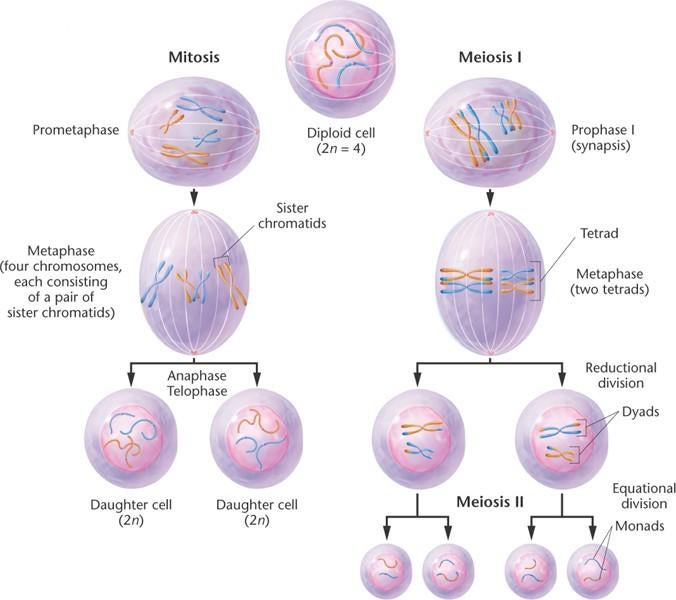
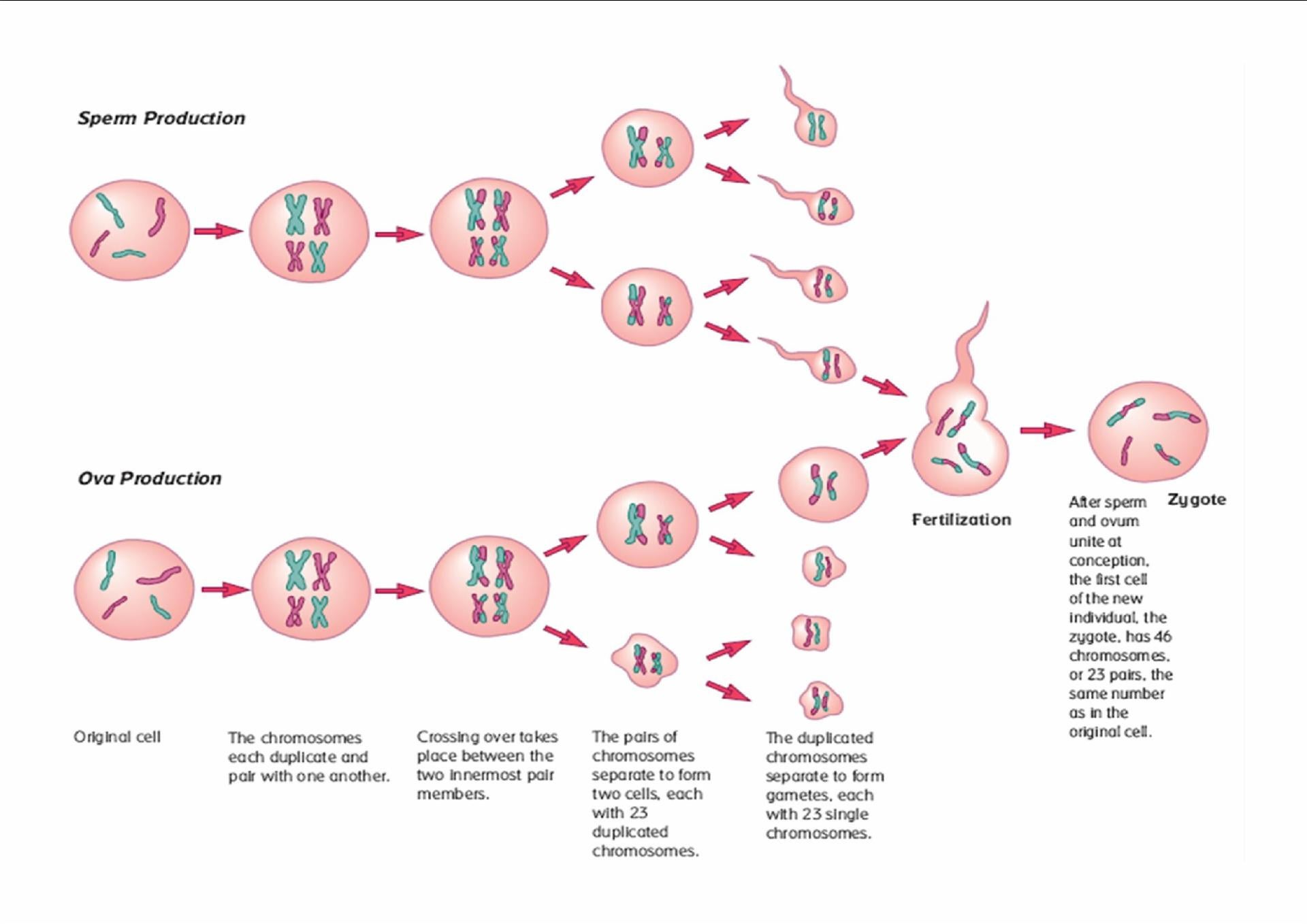
.jpg)
